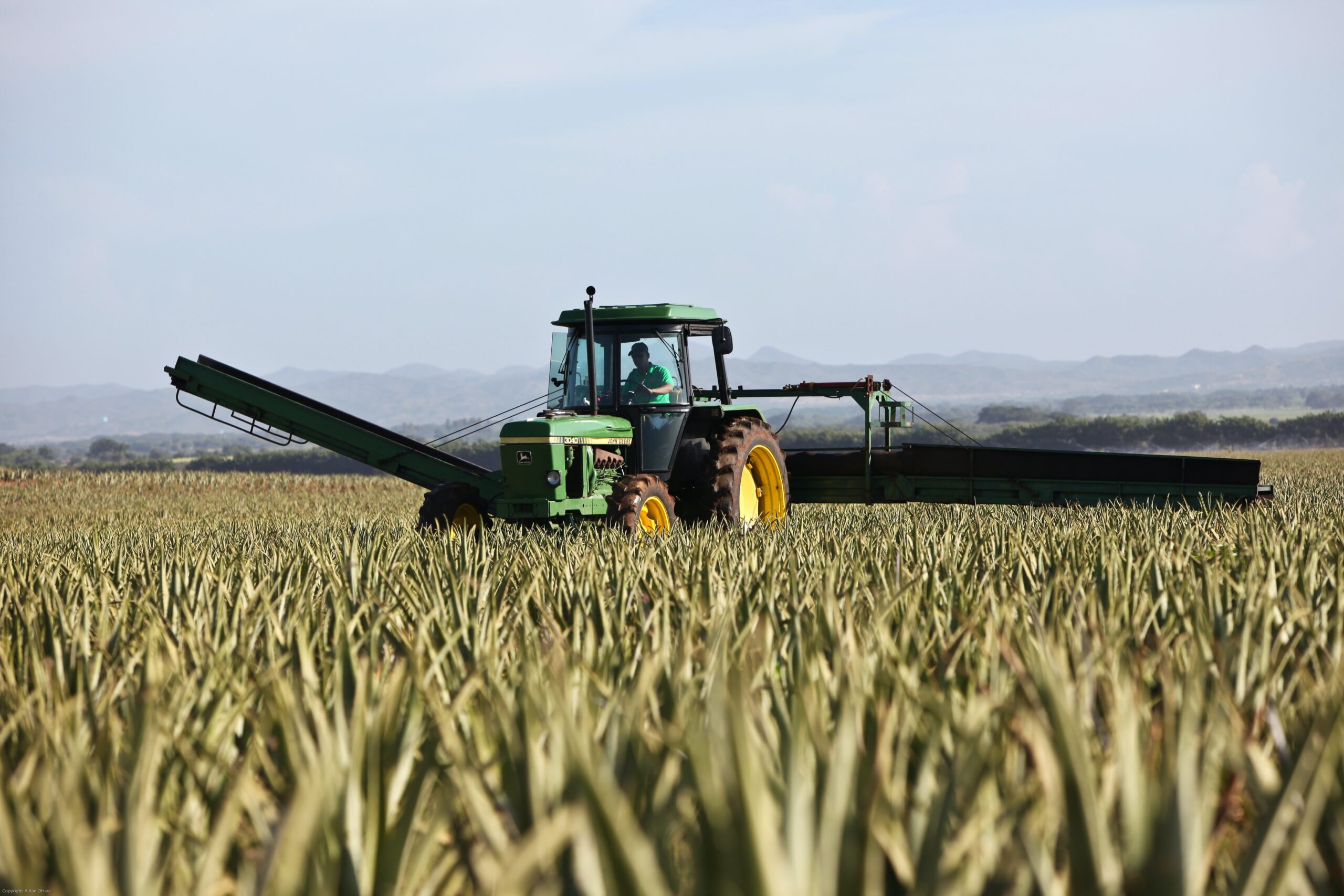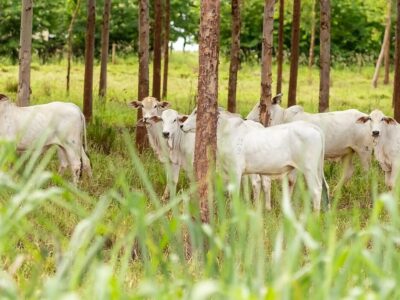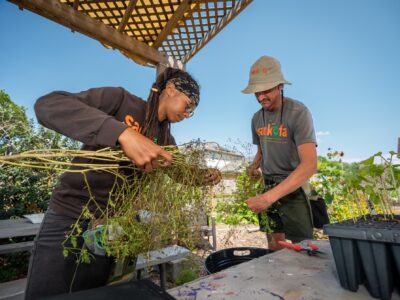In agriculture, tradition dictates many practices. Methods are passed down from family member to family member without much change. However, in Eagle, ID, this past April, a group of farmers gathered for a “Regenerative Farming Think Tank.” The topics differed from the farmers’ typical “trade secrets” mentality, focusing on soil health. The event was part of the Carbon Summit program that Us Energy, a social impact nonprofit, organized.
The convention centered around the issue of soil nutrition and how conventional farming practices like tilling are one of the biggest “villains.”
Dr. David Montgomery and Gabe Brown, two keynote speakers and specialists in regenerative farming, spoke about how traditional farming practices were designed to give “a little burst of fertility” to the land but ended up degrading the soil in the long run.
Brown is a rancher and agricultural consultant who has championed regenerative practices since they helped him nurse his farm back to health. “I’ve been on thousands of farms and ranches all around the world, and I can honestly say that I haven’t been on a single one, including my own, that isn’t degraded,” he said.
The event was not simply about the woes and pitfalls of the current agricultural system. Its predominant focus was showing farmers a new perspective to view their land.
Most learned to see their farms based on the chemical composition of their soil. Yet, Montgomery and Brown taught farmers that they forget an essential component — the biological content of the land.
“When you realize there are more microorganisms in a teaspoonful of healthy soil than there are people on this planet, that really puts things in perspective,” Brown said. “Let’s work with life.”
Brown and Montgomery said farmers must implement regenerative farming practices to respect the soil’s life. While plenty of techniques fall under the category, Brown prefers to define it a bit more broadly, describing it as “to repair, rebuild, revitalize, and restore ecosystem functions, beginning with all life in the soil and moving to all life above the soil.”
Using methods that improve the health of the microorganisms living in the soil, farmers can improve vital processes that occur within it, like water retention, carbon sequestration, and imparting nutrients to crops. These are telltale signs of good soil health and what Brown and Montgomery expressed in the event.
Montgomery talks about how while our soil health is currently poor, farmers now have the tools in regenerative farming to make things right. “It took us centuries to destroy land in different parts of the world,” he said. “I think we can actually fix a lot of it in the bounds of this century.”
He sums up the power of regenerative agriculture, saying, “If we can do that in the next 20 to 30 years, and basically take what is now called regenerative agriculture and make that the new conventional agriculture, in the sense that every (farmer) is doing it, we can solve a problem that has plagued and undermined society, after society, after society around the world.”





